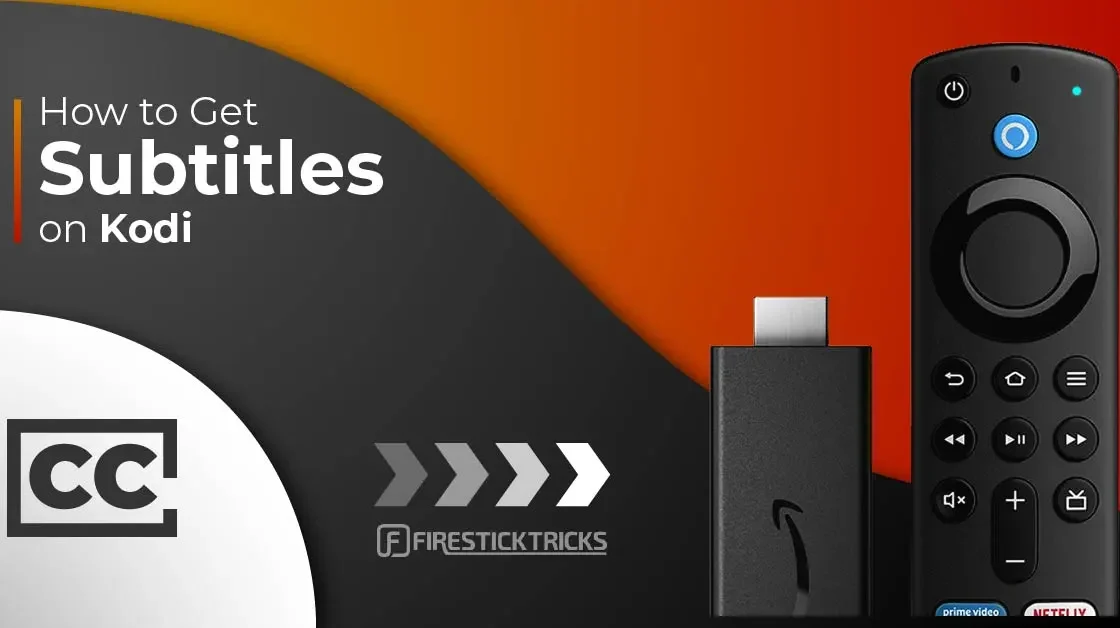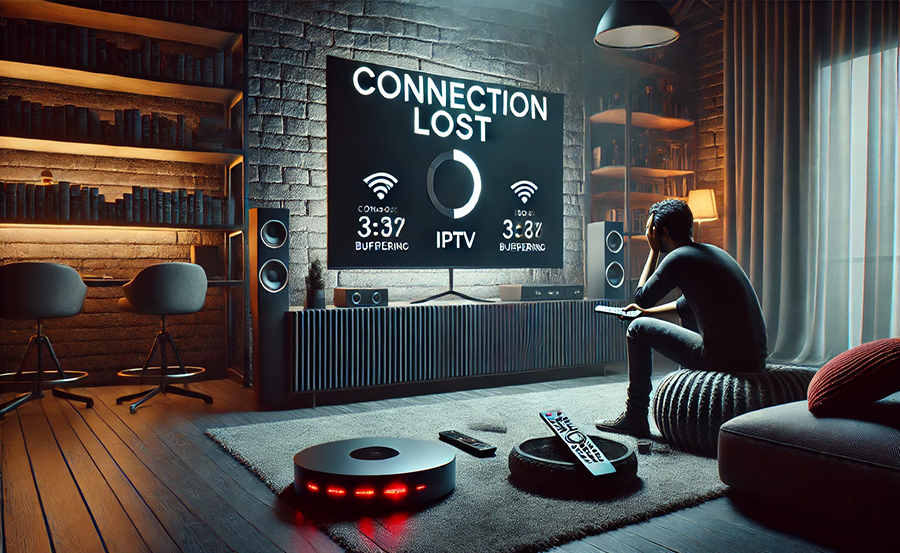
IPTV (Internet Protocol Television) has become one of the most popular ways to watch live TV, movies, and on-demand content. However, one common frustration among IPTV users is lagging or buffering, which can disrupt the viewing experience. Reducing IPTV lag is essential for enjoying smooth, uninterrupted streaming, whether you’re watching live sports, movies, or TV shows.
In this guide, we’ll explore some of the most effective ways to minimize IPTV lag and ensure a smoother streaming experience.
How to Reduce IPTV Lag: Top Tips for a Smoother Streaming Experience Best in 2025
1. Check Your Internet Speed
The first thing to check when experiencing IPTV lag is your internet connection speed. Most IPTV services require a minimum internet speed of around 10 Mbps for standard definition and 25 Mbps or more for high-definition (HD) or 4K streaming. If your connection is slower than this, you may experience buffering or lag.
How to Test Your Speed:
- Use an online speed testing tool (e.g., Speedtest.net) to measure your download and upload speeds.
- Compare your actual speed with the recommended speed from your IPTV provider.
- If your speed is too low, consider upgrading your internet plan or reducing the number of devices connected to your network.
2. Use a Wired Ethernet Connection
While Wi-Fi is convenient, it can be unreliable and prone to interference, especially if multiple devices are connected. For the best IPTV performance, use a wired Ethernet connection instead of Wi-Fi. This provides a more stable connection with lower latency and less chance of interruptions.
Benefits of Ethernet:
- More stable and consistent speeds.
- Less interference compared to Wi-Fi.
- Faster response times (lower latency).
If using a wired connection is not an option, consider placing your router closer to your IPTV device or using a Wi-Fi range extender to improve signal strength.
3. Choose the Right IPTV Server
IPTV services often offer access to multiple servers for streaming. If you experience lag, it could be due to the server you’re connected to. Some servers may be overloaded with users, leading to delays in video delivery.
Steps to Switch Servers:
- In your IPTV app or settings, look for a list of available servers.
- Switch to a different server, ideally one that is closer to your physical location for lower latency.
- Avoid using servers that are heavily populated or located far away.
Some IPTV services, like IPTVSMARTER+, provide options to select different server regions or load-balanced servers for optimal performance.
4. Use a VPN to Bypass ISP Throttling
Many internet service providers (ISPs) throttle, or slow down, streaming traffic during peak hours. This is especially true for IPTV streaming. A VPN (Virtual Private Network) can help prevent ISP throttling by encrypting your traffic, making it harder for your ISP to detect and slow down IPTV data.
Benefits of Using a VPN:
- Prevents ISP speed throttling.
- Encrypts your internet traffic for better privacy.
- Allows access to geo-restricted content.
Make sure to choose a high-speed VPN optimized for streaming to avoid additional lag.
5. Reduce Background Activity
If other devices on your network are using bandwidth (e.g., downloading large files, online gaming, or video conferencing), your IPTV stream may lag due to limited available bandwidth. Reducing background activity on your network can improve IPTV performance.
How to Reduce Network Congestion:
- Pause or stop downloads or updates on other devices.
- Disconnect devices from Wi-Fi that aren’t in use.
- Prioritize your IPTV device in your router settings by enabling Quality of Service (QoS).
6. Optimize IPTV App Settings
Most IPTV apps, including IPTV Smarters Pro and others, offer settings to customize your streaming experience. Adjusting these settings can help reduce lag.
Key Settings to Adjust:
- Buffer size: Increase the buffer size in your IPTV app settings to give the stream more time to load and avoid interruptions.
- Resolution: Lower the streaming resolution from 4K to 1080p or from 1080p to 720p if your internet speed is inconsistent. This reduces the bandwidth needed for the stream and can reduce lag.
- Cache memory: Clear your app’s cache regularly to avoid performance slowdowns caused by old or corrupt data.
7. Upgrade Your IPTV Device
The device you use for streaming IPTV can also affect your experience. Older devices may struggle to handle high-quality streams, leading to lag or buffering issues. Consider upgrading to a device optimized for streaming, such as an Android TV box, Amazon Firestick, or Apple TV.
Recommended Devices:
- Nvidia Shield TV (for high-performance 4K streaming).
- Amazon Fire TV Stick 4K.
- Android TV Box.
- Roku Ultra.
These devices have faster processors and better network handling, which can reduce IPTV lag.
8. Keep Your IPTV App Updated
IPTV applications frequently release updates that address performance issues, bugs, and compatibility problems. Keeping your IPTV app up to date ensures that you are using the latest version with the best optimizations for smooth streaming.
How to Update:
- Check for updates in the app store of your device (Google Play Store, Apple App Store, etc.).
- Enable automatic updates if available, so you always have the latest version.
9. Reboot Your Router and Device
Sometimes, a simple reboot can fix lag issues. Restarting your router and the device you’re using for IPTV can help refresh the connection and clear any temporary bugs or memory issues.
Steps to Reboot:
- Unplug your router and wait for 30 seconds before plugging it back in.
- Restart your IPTV device (smart TV, set-top box, or streaming stick).
- After both have rebooted, check if the lag has improved.
10. Contact Your IPTV Provider
If all else fails, the lag could be due to issues on the IPTV provider’s end. Contact your IPTV provider’s customer support to inquire about potential server problems or technical issues. They may also provide tips specific to their service that can help reduce lag.
Conclusion
Reducing IPTV lag is crucial for a seamless viewing experience, and it involves optimizing your internet connection, selecting the right server, using wired connections, and considering VPNs to bypass ISP throttling. Additionally, adjusting IPTV app settings, upgrading your device, and keeping everything updated will help ensure smooth streaming.
By following these tips, you can significantly minimize IPTV lag and enjoy your favorite shows, sports, and movies without interruptions.



